Reportar esta entrada
Más sobre la misma comunidad-colección
El Club de la Mujer de El Paso - 1929
The Woman's Club of El Paso presents its Ninth Annual Fashion ...
El Club de la Mujer de El Paso - 1953
A group of past presidents of the Woman’s Club – made on ...
El Club de la Mujer de El Paso - 1953
A group of past presidents of the Woman’s Club made October ...
El Club de la Mujer de El Paso - 1955
Mesdames Williams (President of the Woman’s Club), Olsen, ...
El Club de la Mujer de El Paso - 1955
Left to right – Mrs. George Hamie, Mrs. J.N. Groesbeeck, and ...
El Club de la Mujer de El Paso - 1919
American women gain the right to vote! Passed by Congress on ...
El Club de la Mujer de El Paso - 1920
Photograph taken of the Woman's Club of El Paso in the 1920's.
Banda musical de El Paso High School secundaria
El Paso High Tiger Band 85-86 - El Paso, Texas. Senior Divia ...
Equipo de baloncesto El Paso High School secundaria 1985-86
El Paso High School Basketball Team 1985-86
Equipo femenino de baloncesto El Paso High School secundaria 1985-1986
El Paso High School Girls Basketball Team 1985-86.
Concierto de Madame Ur y sus hombres acompañados por Orquesta Sinfónica Esperanza Azteca
The Consulate General of Mexico in El Paso, Centro Cultural ...
Concierto de Madame Ur y sus hombres acompañados por Orquesta Sinfónica Esperanza Azteca
The Consulate General of Mexico in El Paso, Centro Cultural ...
Concierto de Madame Ur y sus hombres acompañados por Orquesta Sinfónica Esperanza Azteca
The Consulate General of Mexico in El Paso, Centro Cultural ...
Concierto de Madame Ur y sus hombres acompañados por Orquesta Sinfónica Esperanza Azteca
The Consulate General of Mexico in El Paso, Centro Cultural ...
2016 Cámara Atlética de la Fama de El Paso
2016 El Paso Athletic Hall of Fame Inductees Standing: Left ...
Joe Gomez con Jennifer Han Campeón Mundial de El Paso
Jennifer Han and Joe Gomez after her induction into the El Paso ...

















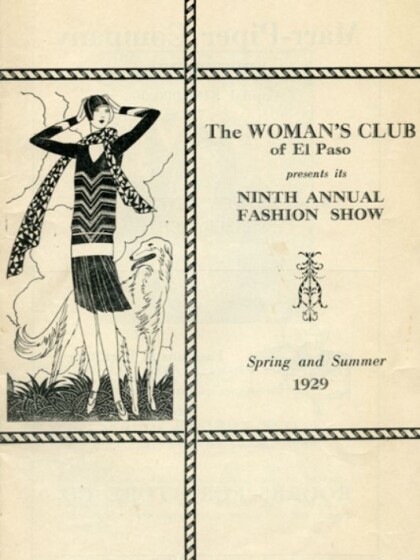
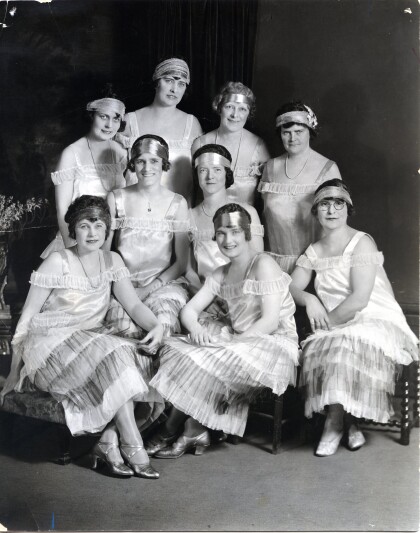
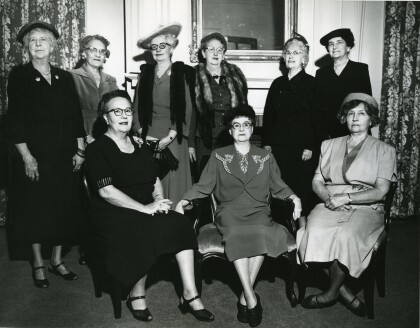
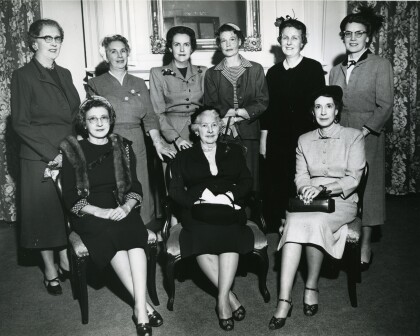
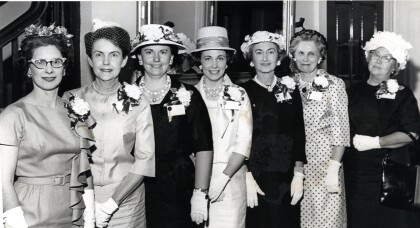
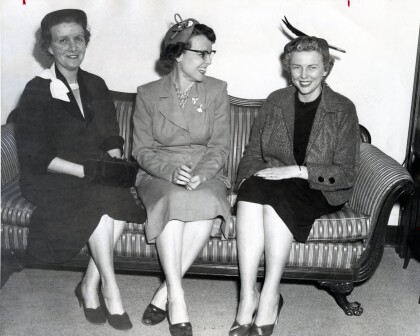
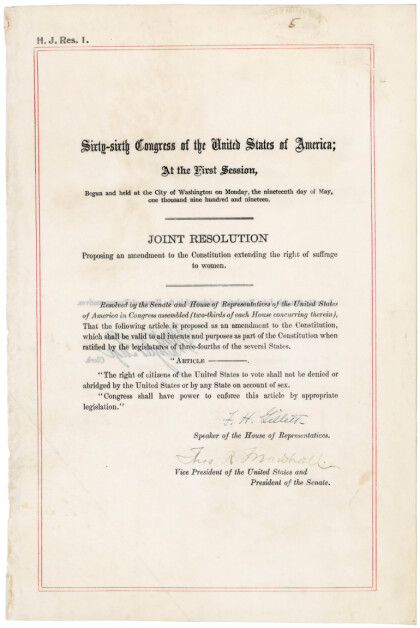

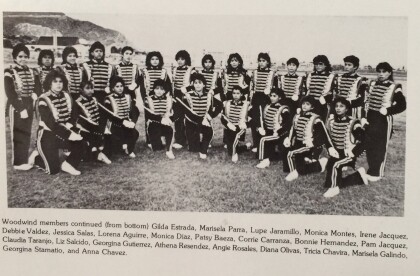
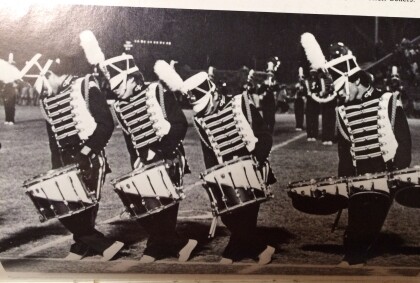
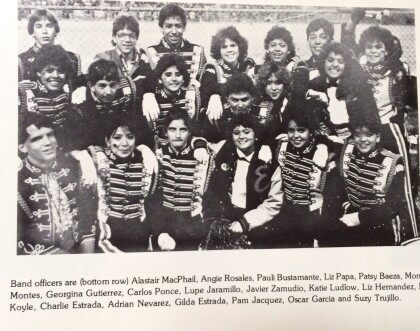
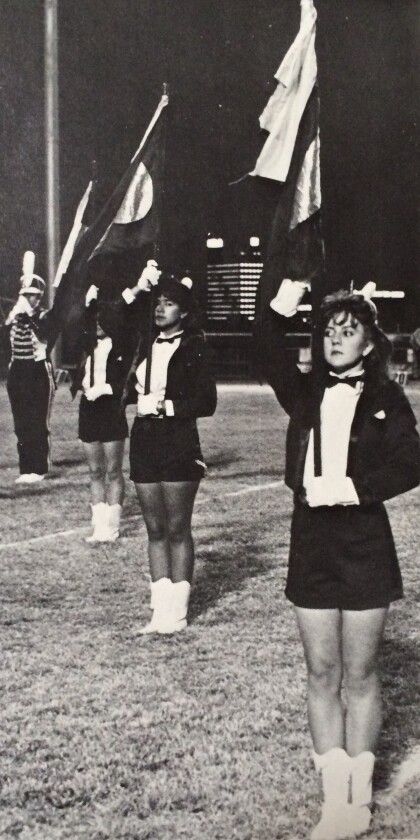
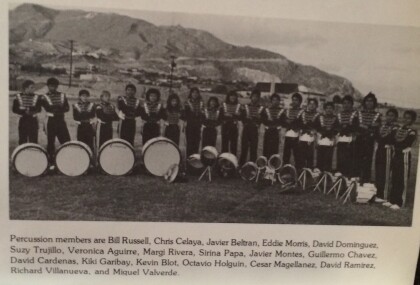
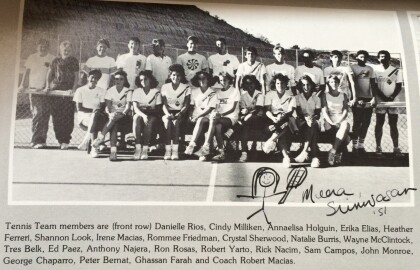
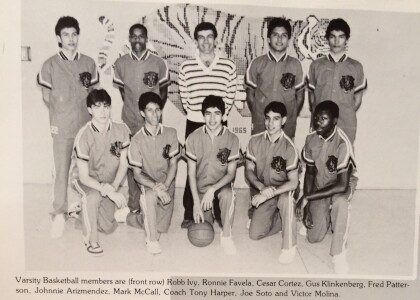
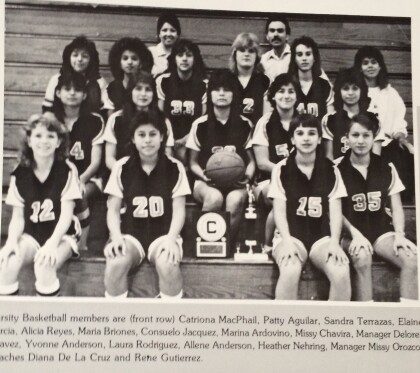






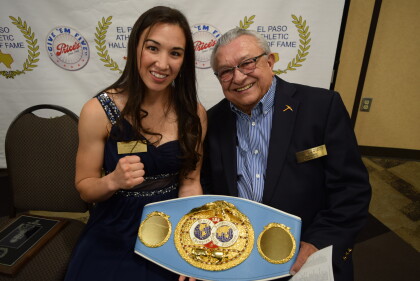
Comentarios
Hacer un comentario